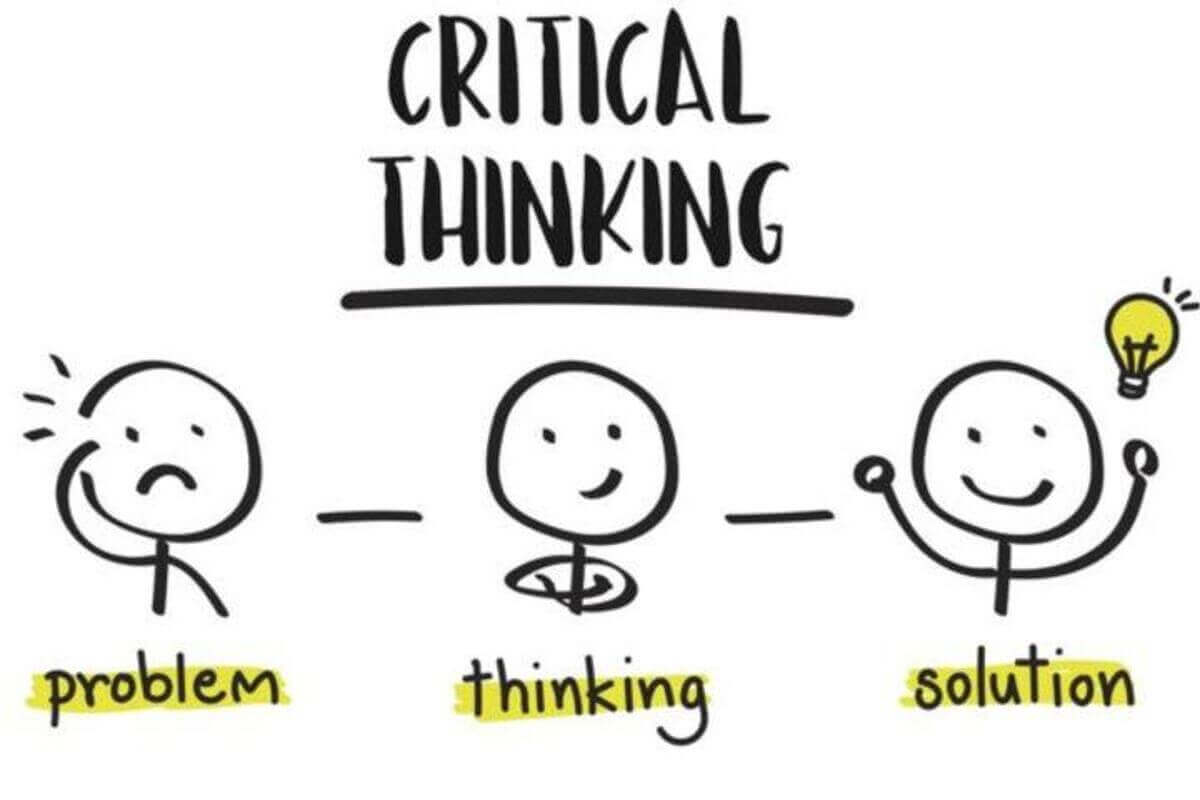What exactly do Scrum Masters perform throughout the course of a typical day
David Tzemach
Posted On: November 23, 2022
![]() 9675 Views
9675 Views
![]() 5 Min Read
5 Min Read
Many theoretical descriptions explain the role of the Scrum Master as a vital member of the Scrum team. However, these descriptions do not provide an honest answer to the fundamental question: “What are the day-to-day activities of a Scrum Master?”

In one of my last workshops, in front of about 30 Scrum Masters from some of the leading companies in the industry, I asked the participants this question, which triggered a productive discussion about their day-to-day activities related to the main Scrum events.
Here are some of the main highlights:
Scrum Master activities related to the daily Scrum meeting
- Ensures that external stakeholders that attend do not hijack the meeting, and neither does any team member that does not come prepared.
- Ensures that the meeting is conducted daily, with a specific timebox (At least when the team is new to Scrum).
- Ensures the product backlog is updated during/post-meeting.
- Ensures that each team member is focused on the sprint goal.
- Ensures that the sprint burn-down chart reflects the actual work progress.
- Ensures that the team is conducting the meeting without actively promoting a single authority.
- Ensures that team members do not use the meeting to resolve technical issues (those should be discussed separately).
- Ensures that there are no “reporting” symptoms to one authority.
- Ensures that there are follow-ups for any issues that were not fully resolved/handled during the meeting.
- Ensure that the team will answer all open issues from the previous day’s meeting.
- Ensures that each team member provides complete and accurate information about their progress.
Scrum Master activities related to the planning meeting
- Works with the Product Owner to ensure that all candidate stories for the sprint contain the relevant information, including clear acceptance criteria, Definition of Done, and specific technical information.
- Ensures that all stories are explained by the Product Owner and understood by all team members before making their commitments.
- Works with the team to conduct a risk management process to reveal any significant risks affecting their commitments.
- Works with the development team and the Product Owner to establish a clear goal for the upcoming sprint.
- Ensures that the team has absolute confidence before making the final commitment.
- Uses their technical skills to help the team with any questions raised during the task breakdown.
- Ensures there is a balance in the team commitments to avoid situations of over/under-commitment.
- Works with the team during the process of task breakdown and task estimation (it is their job to ensure that the estimation process can predict the actual workload).
Scrum Master activities related to the review meeting
- Ensures that the team is ready to present the work they accomplished.
- Works with the Product Owner to update the backlog based on feedback generated by the participants.
- Ensures the team has the information (metrics, KPIs, impediments, etc.) that they can share to increase the transparency between the team and stakeholders.
- Ensures that the team has answers to any question related to uncompleted stories.
Scrum Master activities related to the retrospective meeting
- Ensures that team members feel safe to share their honest thoughts.
- Ensures that the meeting does not become a “blame” meeting.
- Ensures that every team member has the chance to speak.
- Ensures that all impediments are documented, prioritized, and have a mitigation plan led by a dedicated owner.
- Searches for new techniques to make reporting more effective.
- Suggests cases/events from the last sprint to contribute to the discussion.
- Ensures that any external stakeholder who can contribute to the meeting is invited.
Scrum Master Checklists Related to the Team
In addition to the first question related to the Scrum events, I asked the participants to provide their checklists for working with their Scrum development team and Product Owner.
Below, you will find the main items from those checklists:
Scrum Master checklist related to the Product Owner
- Does the Product Owner get information from the team about newly added stories?
- Can the Product Owner explain the roadmap and vision of the product?
- Is there an agreed format that the team can use for adding “technical” stories?
- Is the Product Owner truly committed and available to the team?
- Is there a clear DoD/R for main items (features, sprints, and stories)?
- Does the Product Owner have clear and direct access to the team?
- Is there a clear factor used for the prioritization process?
- Is the product backlog visible to all stakeholders?
- Does the product backlog contain the “technical” stories requested by the development team?
Scrum Master checklist related to the Scrum development team
- Is the team’s technical debt managed and transparent to all stakeholders?
- Are the team’s task board, visual board, and sprint backlog consistently updated?
- Do the team members know their velocity and are they improving it in each sprint?
- Does the velocity reflect the true capabilities of the team?
- Are there any personal issues that affect team members?
- Did the team start each sprint with a clear sprint goal? Did they focus on it throughout the sprint?
- Is the team on the right path to being self-organized? If not, what is holding them back?
- Do team members work in collaboration, like each other, and celebrate each other’s success?
- Do team members actively volunteer to take tasks and help other team members?
- Do the team feel comfortable regarding the Definition of Done they need to follow
Got Questions? Drop them on LambdaTest Community. Visit now















